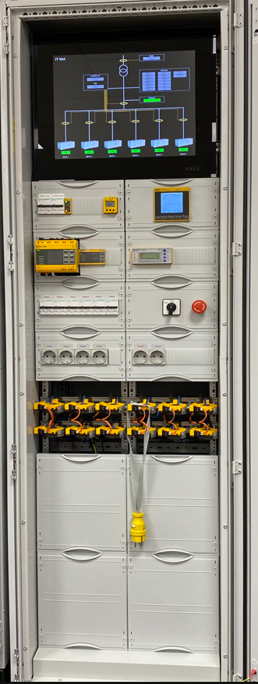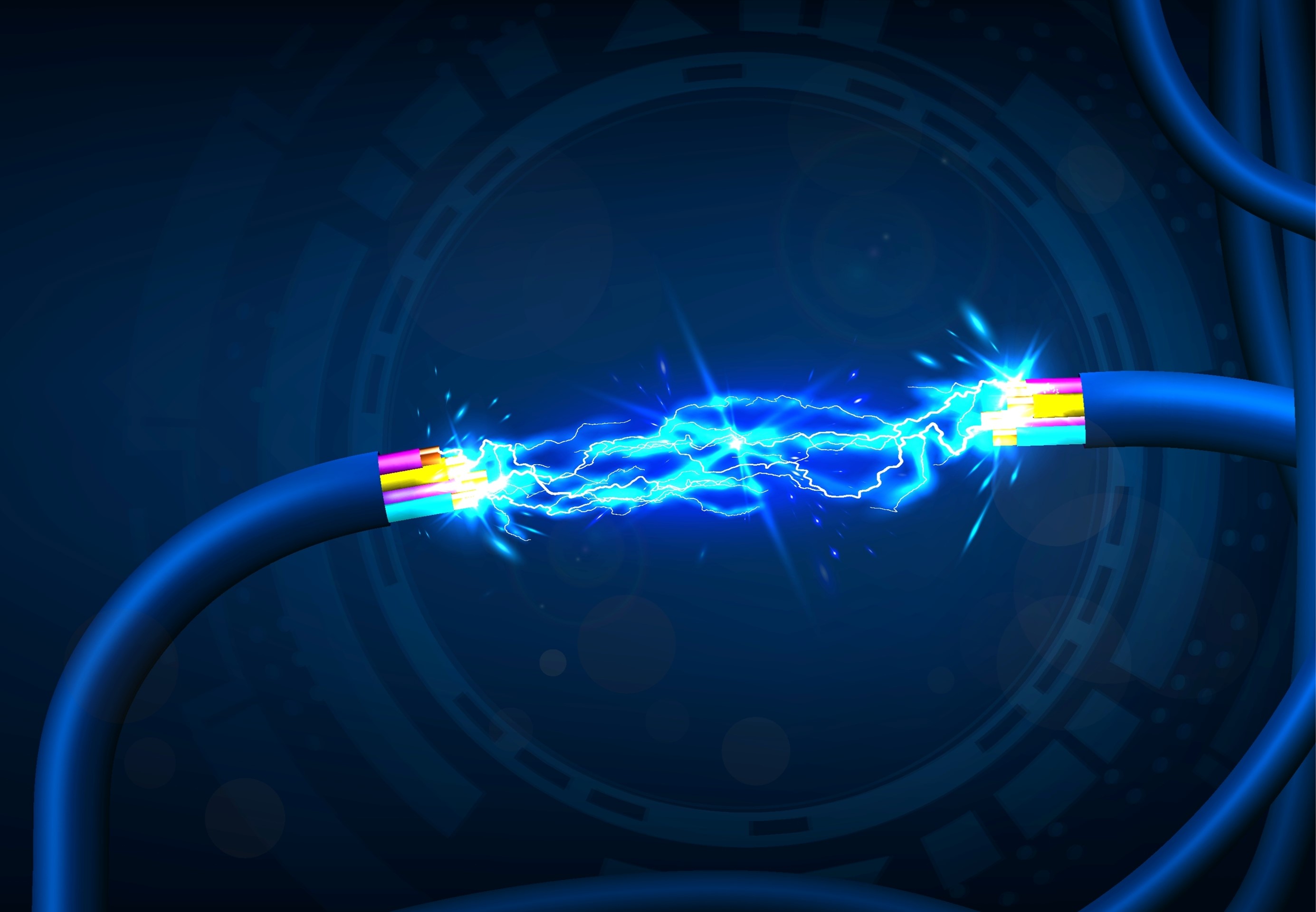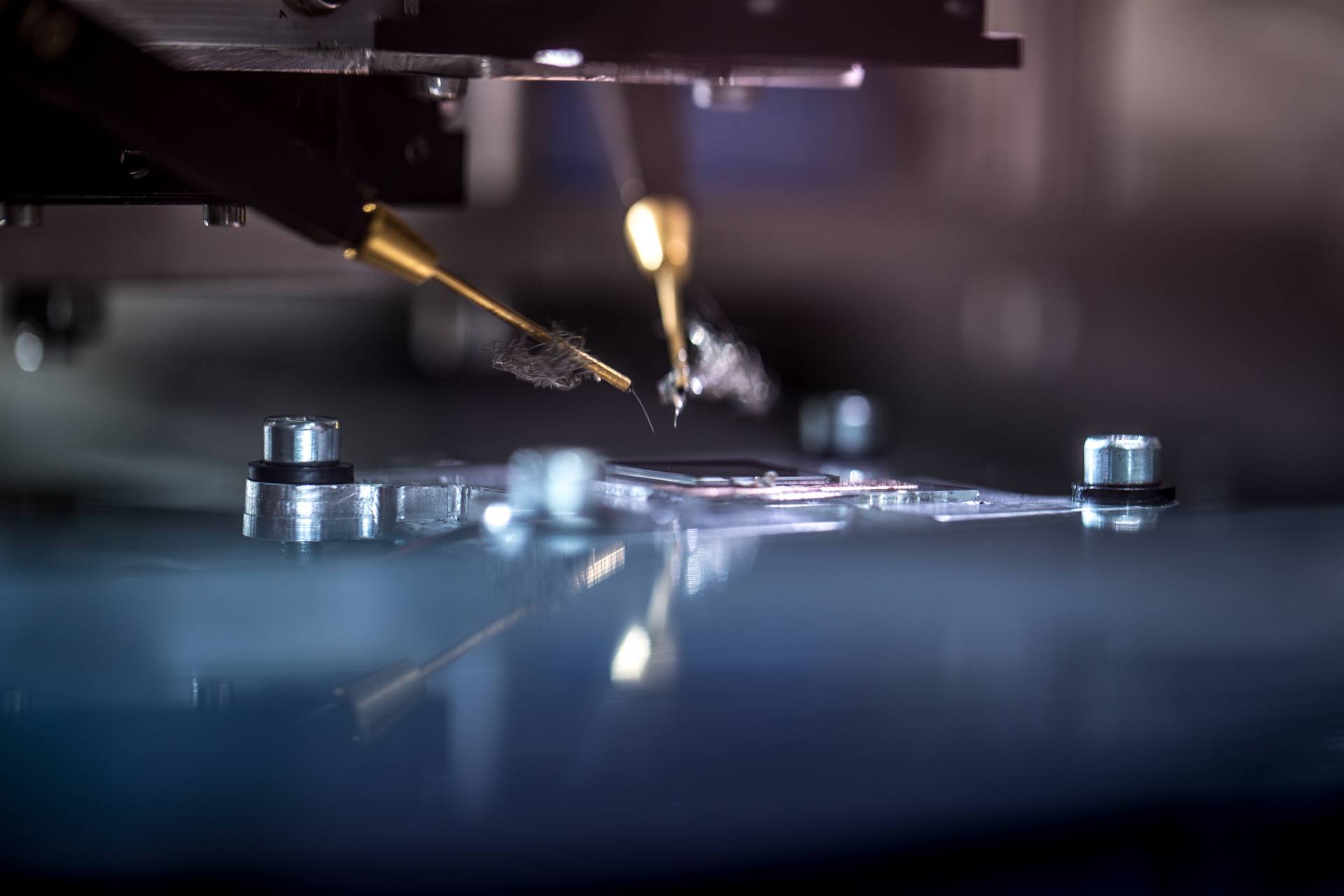The disastrous consequences of defects in power systems and applications
The consequences of defects in high-power applications can be disastrous. This became clear once again when a high-voltage network in Flevoland caught fire in early September last year after a short circuit. Part of the overhead high-voltage line between the station and the Lelystad switching station became overloaded, started to smoulder and collapsed due to the heat. An affected rail connection was severely damaged.
This outage was caused by a short circuit that was created during work on the high-voltage substation. It was not possible to stop the short circuit quickly. The installation that should have done this had been switched to 'local' shortly before during other work in Lelystad. A back-up facility also did not work, probably due to a wiring error during a conversion project. In the end, it took more than four minutes before safety systems of surrounding high-voltage substations ensured that the power supply was stopped. (Source: Tennet).
Recognizing and monitoring errors To prevent the above situation, various speakers at the Power Electronics & Energy Storage event will inform and advise the audience during their technical lectures. In grid systems, guaranteeing continuity of the process is crucial – according to Raymond Vergouwe of Bender Benelux.
To prevent the above situation, various speakers at the Power Electronics & Energy Storage event will inform and advise the audience during their technical lectures. In grid systems, guaranteeing continuity of the process is crucial – according to Raymond Vergouwe of Bender Benelux.
As in the example above, you want to prevent the infrastructure from being shut down at all times. By correctly recognizing and monitoring errors early, it becomes possible to prevent shutdowns. Vergouwe explains in his reading including the correct way to secure DC infrastructure, looking at the security of energy storage systems. In addition, Bender would like to invite visitors to to make an insulation error yourself in a BESS application. This makes it clear in a controlled environment what consequences such errors entail.
Ensuring a secure connection As can be read in the report from Tennet were incorrect connections partly responsible for the short circuit in Flevoland. A stable energy supply is only guaranteed if the source has an efficient and reliable storage system. The efficiency and stability depend strongly on the electrical connection technology and the design of the flow of energy and data. Rüdiger Meyer (Phoenix Contact) shares in his seminar useful insights for the design of an energy storage system.
As can be read in the report from Tennet were incorrect connections partly responsible for the short circuit in Flevoland. A stable energy supply is only guaranteed if the source has an efficient and reliable storage system. The efficiency and stability depend strongly on the electrical connection technology and the design of the flow of energy and data. Rüdiger Meyer (Phoenix Contact) shares in his seminar useful insights for the design of an energy storage system.
Correct connection of components may be obvious but requires very careful assembly. An example of this is the crimping technique used to connect connectors to cables.
 Crimping is a critical process in the world of power storage and it is essential that the crimped connections are strong and reliable. The use of large diameter cables can present unique challenges during the crimping process. These challenges include the use of special tools, the selection of suitable contacts, and the need for proper techniques to ensure a successful crimp. During the presentation by Janek Kolhosser (Heart) covers the basics of crimping technology. He discusses the technique, the different types of crimping tools and contacts, and the common mistakes that should be avoided during the crimping process. After this “crash course” the test is put to the test with the trade fair visitors, as they are challenged to to make a corrective shrink connection yourself at the Harting stand.
Crimping is a critical process in the world of power storage and it is essential that the crimped connections are strong and reliable. The use of large diameter cables can present unique challenges during the crimping process. These challenges include the use of special tools, the selection of suitable contacts, and the need for proper techniques to ensure a successful crimp. During the presentation by Janek Kolhosser (Heart) covers the basics of crimping technology. He discusses the technique, the different types of crimping tools and contacts, and the common mistakes that should be avoided during the crimping process. After this “crash course” the test is put to the test with the trade fair visitors, as they are challenged to to make a corrective shrink connection yourself at the Harting stand.
Interested in these and more topics about power electronics and energy storage? Then come to the Power Electronics & Energy Storage event on June 27 in 1931 Congress Center 's-Hertogenbosch.
Related companies

